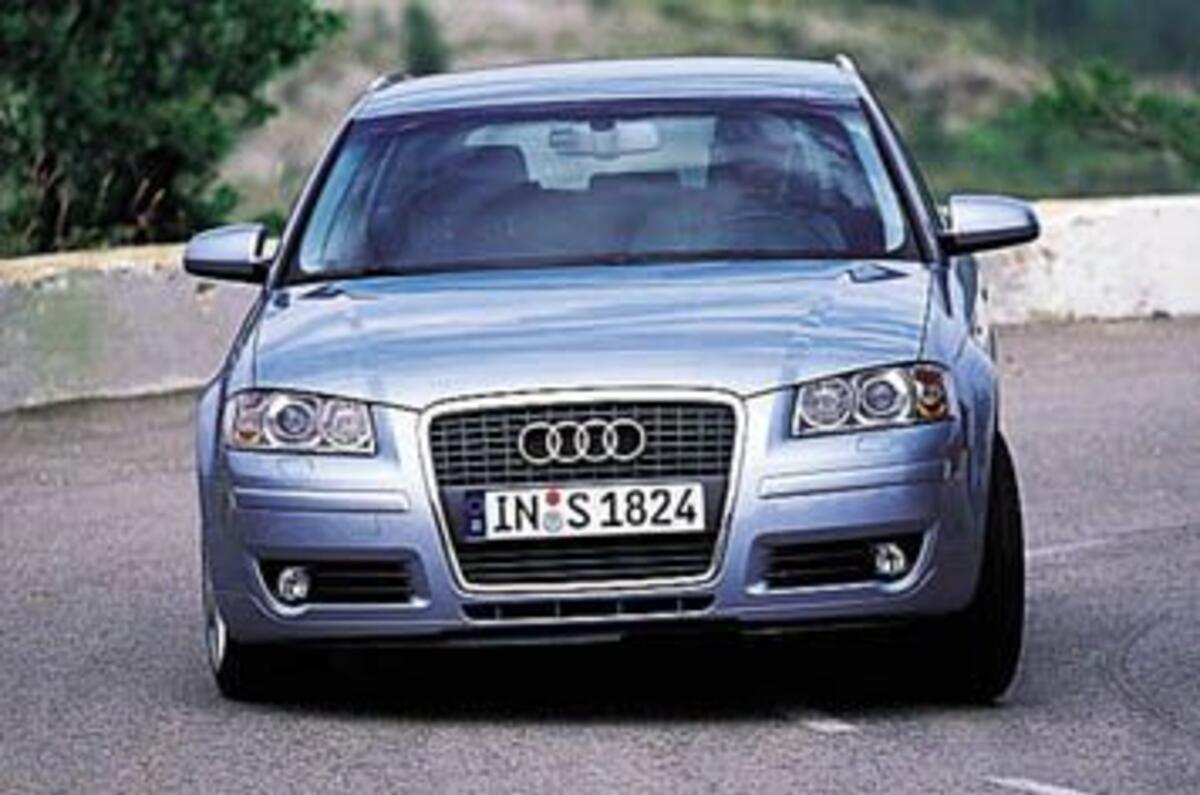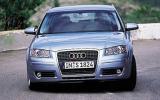Audi wants us to believe the new five-door A3 is somehow different. Neither hatchback nor estate but, in Ingolstadt terms, a body style squeezed between the two. Hence the ‘Sportback’ label. Hold on, doesn’t Alfa make similar claims for the 156 Sportwagon?
Indeed. Seems applying the ‘Sport’ designation transforms the A3 into an image-enhancing ‘lifestyle’ model. Objectively, though, it’s difficult to see how the Sportback concept differs in any important way from the old five-door model, apart from an extra 68mm of rear overhang over the three-door, which has no impact on cabin room.
What is significant is that the Sportback takes the A3 to the USA for the first time. Americans don’t like hatchbacks – they buy four times as many Jettas (Boras) as Golfs – so Audi is desperate to position the new model as anything but a hatch.
BMW’s Compact failed in America, the 1-series won’t be sold there and Mercedes’ Sports-Coupé is a slow seller. Predictably, Audi’s sales expectations in the USA are modest, somewhere between 10,000 and 20,000 cars in the first year, of a total 85,000 Sportbacks, half of A3 production.
What exaggerates the Sportback’s visual impact is Audi’s distinctive new nose, applied to the A3 for the first time. First seen on the A8 W12, then the new A6, the new grille appears on the A4 in September and the A3 three-door at an unspecified future date. When it arrives depends on whether customers see the Sportback as rendering the 14-month-old three-door instantly obsolete.
Incorporating the new front while adding two extra doors and extending the roofline means only the headlights, windscreen and front wings are common to the three-door A3. A wider rear hatch, now incorporating part of the horizontally-themed tail lights, is also new.
The result certainly separates the Sportback from the three-door, for the body looks stretched, longer, bigger. The small third side window is too small for this to be a proper estate, too big for a hatch. Maybe there really is a niche between the two.
To enthusiasts, Sportback also implies something special in the way of driver appeal. A terrific new turbocharged version of Audi’s 2.0-litre FSI four-cylinder, the Sportback’s only new engine, fulfils this promise.
The first production direct-injection petrol engine to be turbocharged, it comes in two forms: quattro with conventional six-speed manual, or front-drive with Audi’s inspired DSG dual-clutch gearbox and paddle-shift. Both are priced at £22,705. There’s no technical reason why the transmissions can’t be transposed – it will happen some time late next year, apparently.
There’s an extra 49bhp and 59lb ft over the normally aspirated FSI. Audi has beefed up the engine’s bottom end and fitted new pistons to cope with the increased torque, though the cylinder head is unchanged. The upshot is truly impressive. Maximum torque of 207lb ft starts at only 1800rpm and continues to 5000rpm.
Maximum power of 197bhp kicks in across a plateau from 5100rpm to 6000rpm. To best illustrate the 20 per cent torque improvement over the old 1.8T A3, Audi says the new TFSI cuts the 37-75mph (60-120km/h) time in fourth gear to just 5.4sec, 1.4sec quicker.




















Add your comment